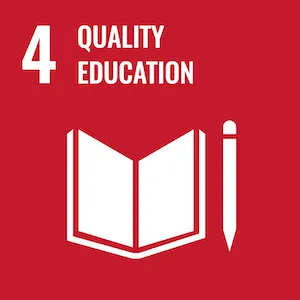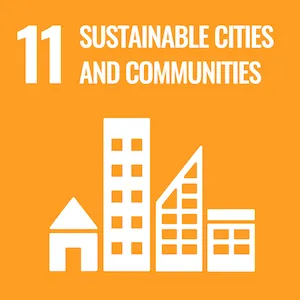TAB4BUILDING
Training for Architects and Builders in the use of composites For the Building sector
Objectives
The TAB4BUILDING project aims to develop a common training for architects/civil engineers and construction workers, enabling them to increase their skills in the knowledge and application of FRP in the construction sector.
The main objective of TAB4BUILDING is to increase the competences of the target groups in terms of knowledge and application of FRP in the construction sector and to make them professionals who can use FRP in the whole value chain.
The project will connect the entire value chain of the construction sector. Instead of focusing only on the top of the scale (architects), the training will also target construction workers and update the knowledge of FRP materials for the whole value chain. Moreover, an innovative methodology will be applied based on the collaboration between both target groups with different levels of knowledge, where both will learn everything necessary to understand the main features of the FRP materials and at the end will work together to achieve the main objective through a case study. They will interact and be able to understand each other to solve a specific real problem based on the use of FRP materials in construction.
Description
Fiber reinforced plastics (FRP) are advanced materials that combine different kinds of polymers with various fibers such as glass, carbon, aramid, etc., resulting in stronger and more flexible properties.
Construction is the main consumer of FRP, and its use is increasing. The advantages of FRP over traditional building materials are lighter weight, excellent resistance to corrosion and rot resistance, higher durability, lower life cycle costs, lower CO2 emissions and design freedom. The need to achieve the most durable and lightweight structures possible has increased the commitment in the construction industry. Few professionals and companies have the necessary knowledge about FPR. In Europe, there is a shortage of specialized construction professionals with the appropriate knowledge of FPR. There is a need for the whole value chain to know the usability and workability of FRP.
Financing




